You might want to rethink that “innocent” snack stash after this. Turns out, those famous bags and boxes hide more than just crunch—they pack a few eyebrow-raising surprises too. From chemicals that sound like science experiments to ingredients banned in other countries, it’s a wild ride. These shocking truths about famous snack brands are the kind of facts you can’t unsee. Don’t say you weren’t warned when you keep checking labels from now on.
Doritos
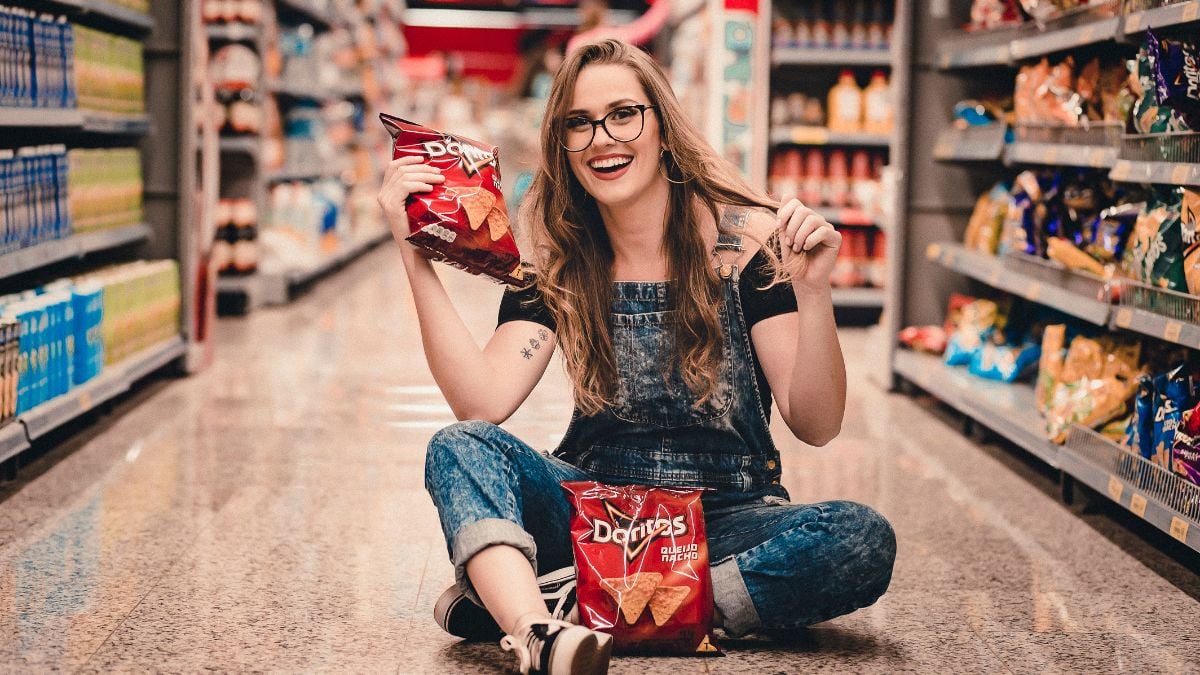
Frito-Lay didn’t invent Doritos in a lab—they were born in a Disneyland restaurant kitchen. Tourists couldn’t get enough of the crunchy leftovers, so the company bagged them for the masses. It was never a planned product; it just worked. This backstory earns its spot in any list of shocking truths about famous snack brands.
SpaghettiOs
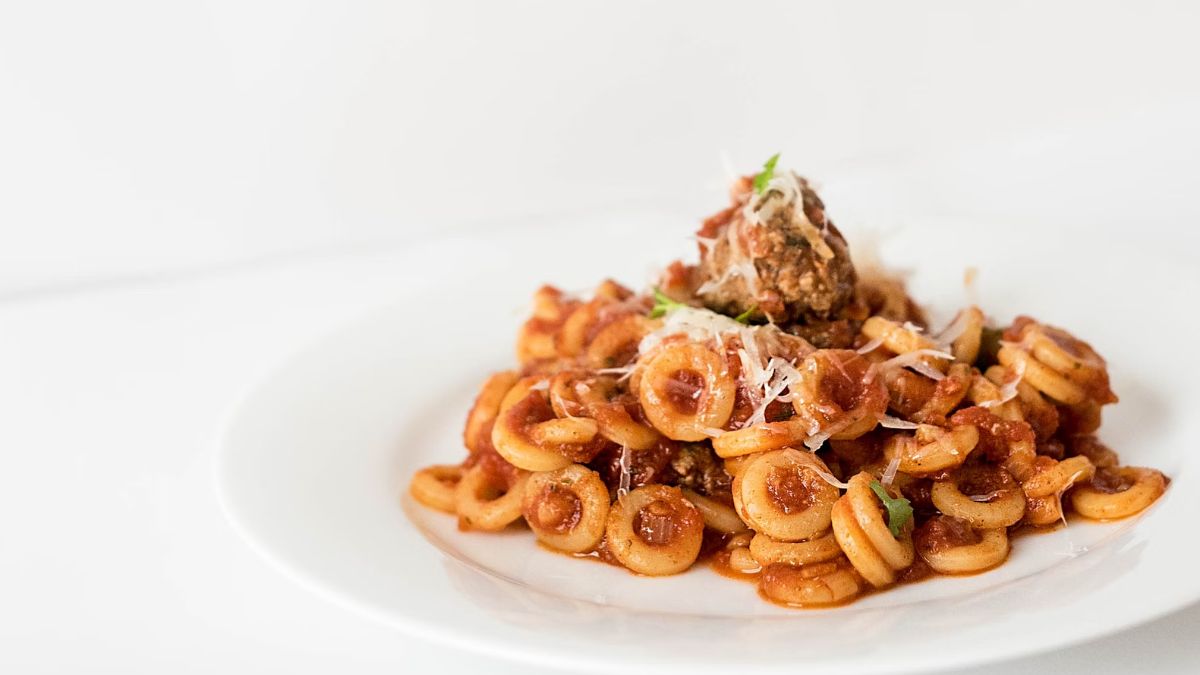
These weren’t about flavor—they were designed to stop kids from needing a fork. Spoons became the go-to thanks to the ring shape. It’s not just pasta in a can, it’s pasta made for less mess. Smart, right?
Reese’s Pieces

That orange-heavy mix isn’t a printing error. Orange was chosen to stand out, not just in the bag, but on the shelf. It’s all color psychology and snack strategy. A strange yet true design choice most people never question.
McDonald’s Chicken Nuggets
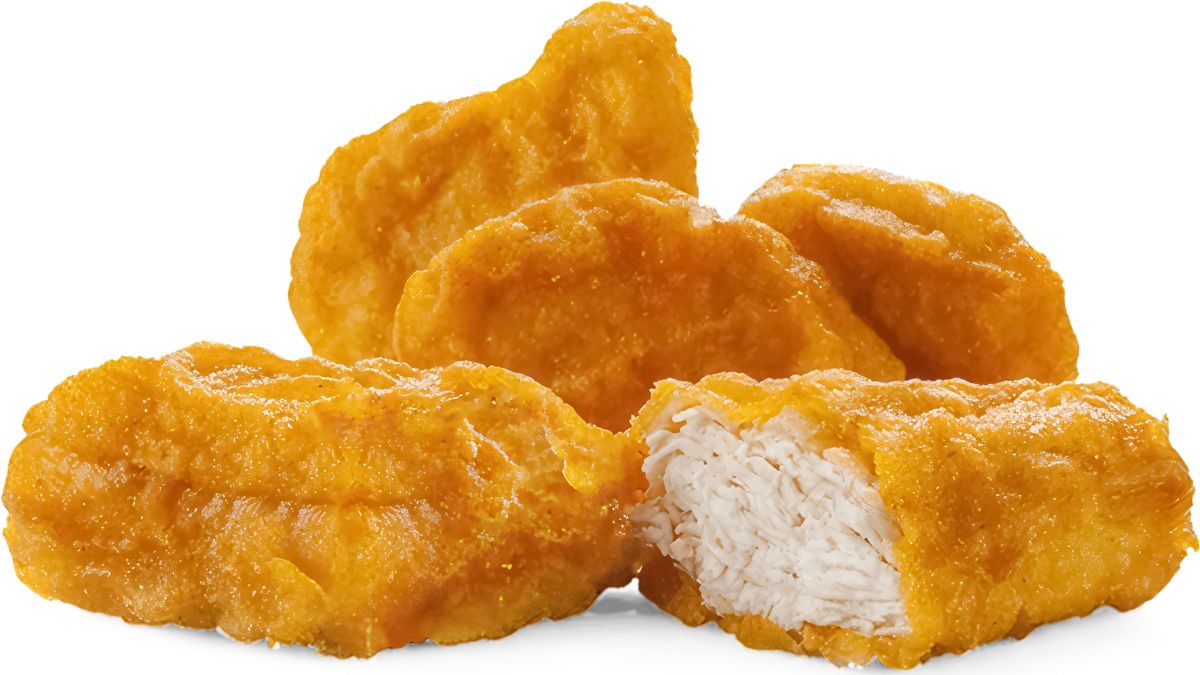
You thought those nuggets were random blobs? They’re actually shaped with names: bell, boot, ball, and bone. McDonald’s wanted uniformity for cooking—so each nugget fries the same. It’s weirdly structured for fast food.
Filet-O-Fish
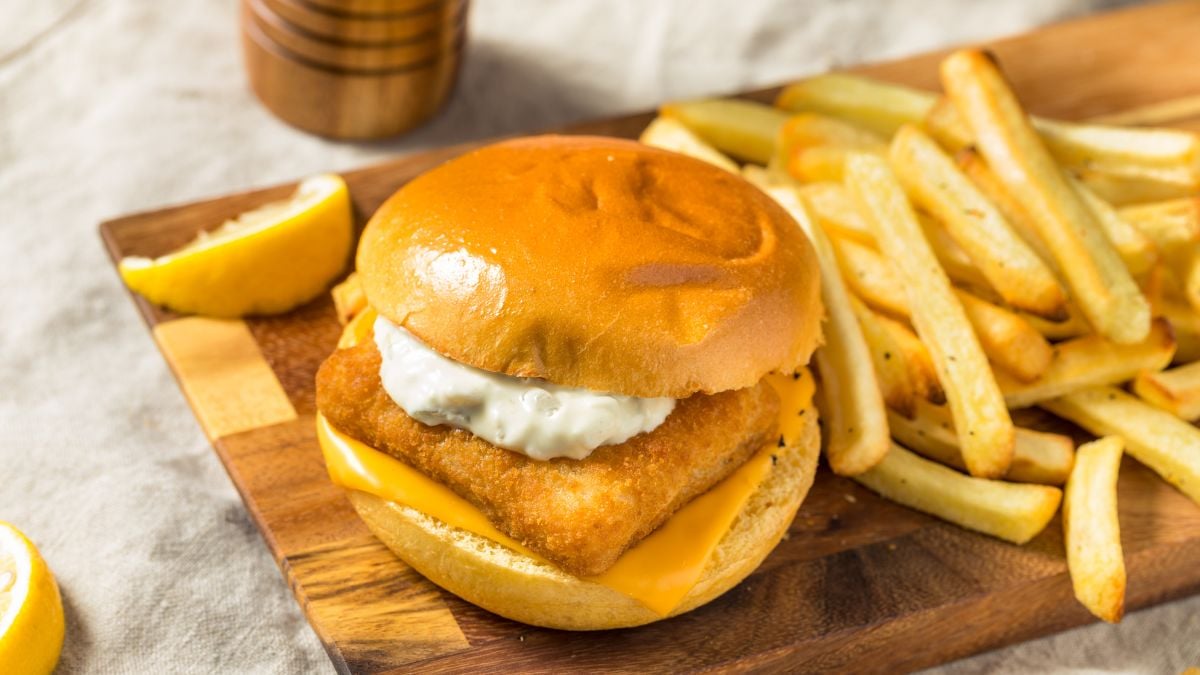
Sales were tanking on Fridays until this sandwich showed up. McDonald’s needed something meat-free for Catholic customers. A franchise owner fixed it with fish, cheese, and tartar sauce. The result? A menu staple born from a sales slump.
Cheetos
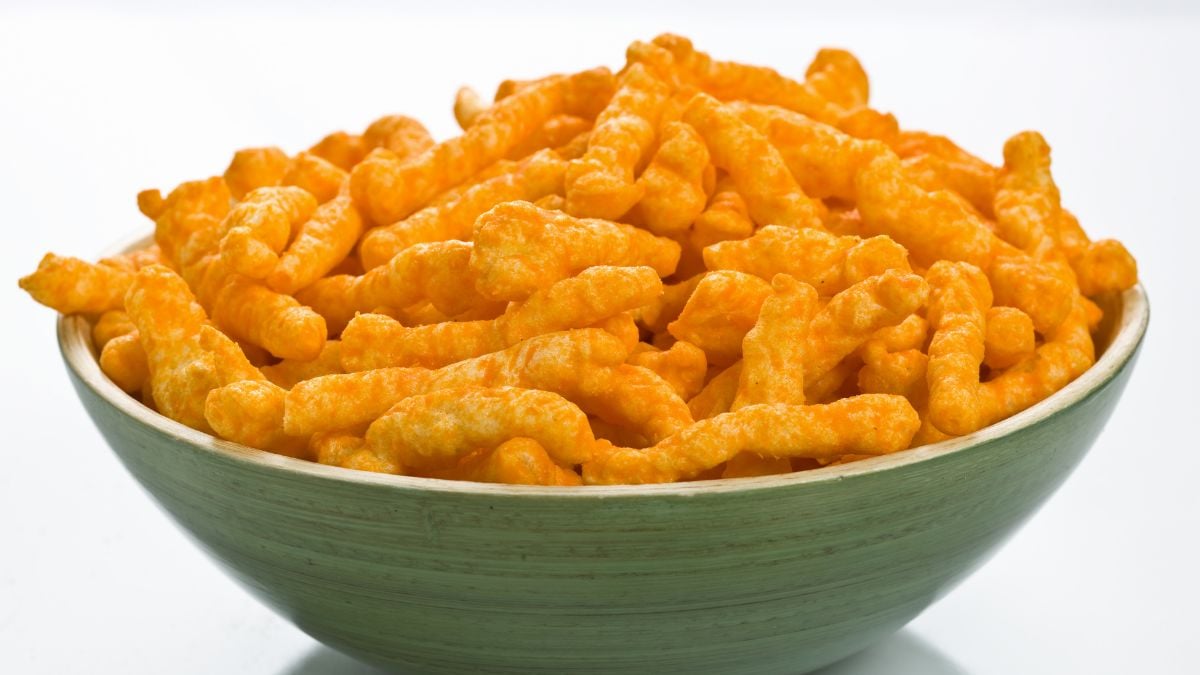
Cheese dust aside, the surprise is in the cows. Cheetos use a dairy powder made from real cheese—and that takes milk. Around 5,000 cows are involved in meeting a single year’s demand. That’s a lot of work for one orange snack.
Oreo
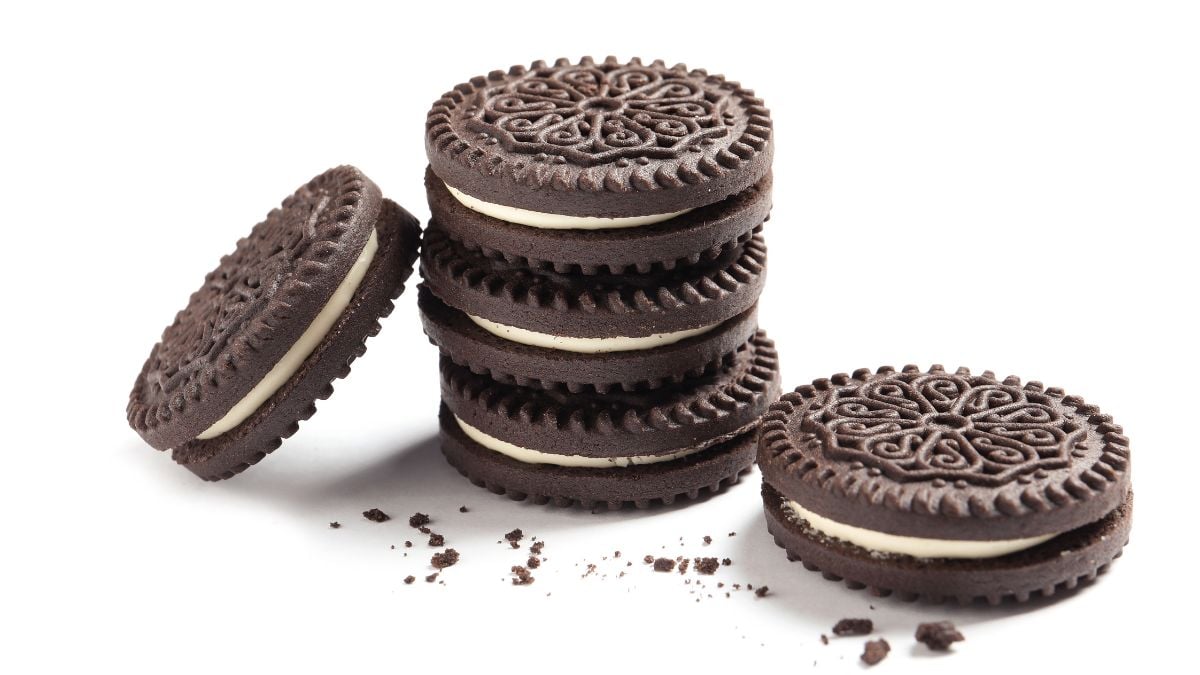
People eat them in weird ways—twisting, dunking, dissecting. But that filling? Not actually cream, legally speaking. It’s a sweetened paste made with no dairy at all. It’s a cookie icon with a sneaky center.
Krispy Kremes
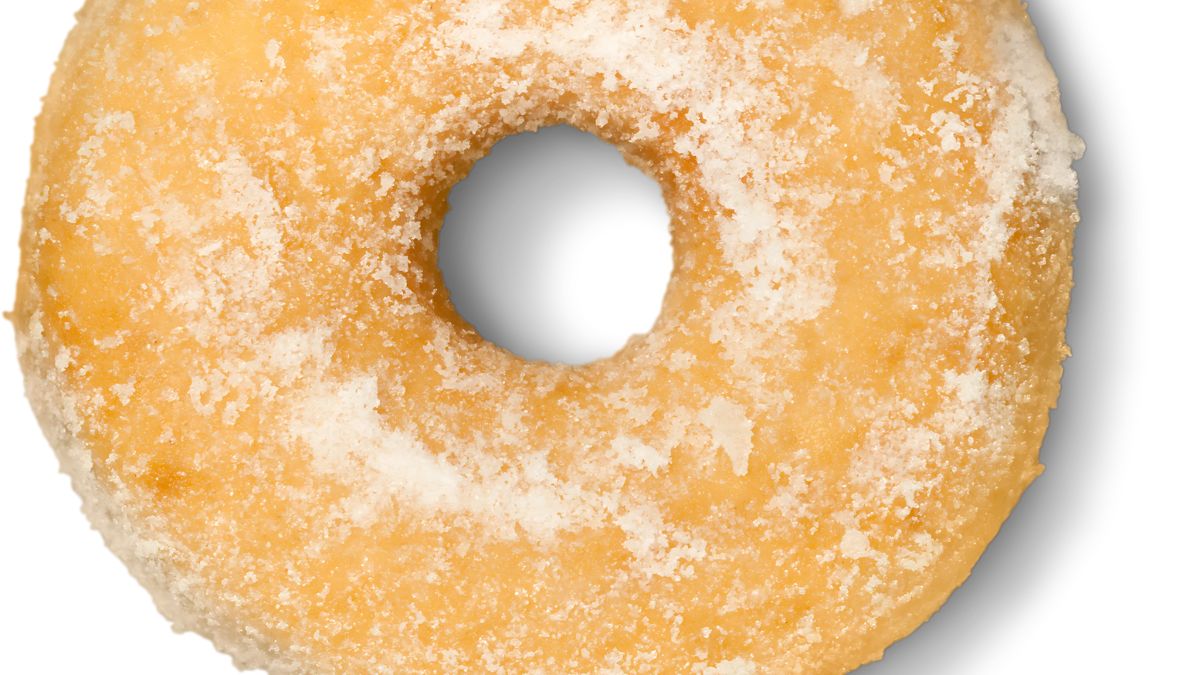
The full recipe’s under lock and key, but bakers think it involves mashed potatoes. Their guess is whipped egg whites, skim milk, and sugar do the rest. The result is that unmistakable light texture. Still, no one’s officially confirmed anything.
Raisins

Before they hit lunchboxes, raisins had another job: décor. Families strung them up for color and shape, not snacks. They were part of home display traditions. Decorative grapes—that’s a real thing.
Pringles
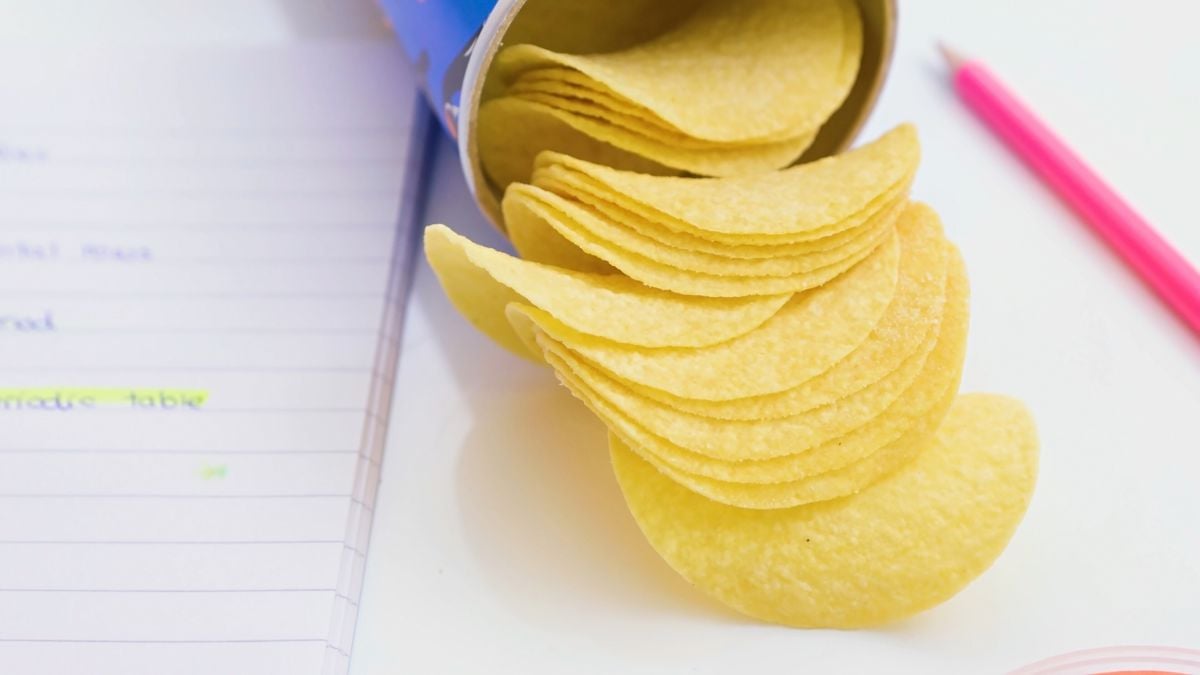
Not potato chips by law—they’re “crisps.” Made with dehydrated flakes and pressed into shape, they skip the whole slice thing. It’s the snack version of engineered food. That’s why the can fits them so perfectly.
7 UP
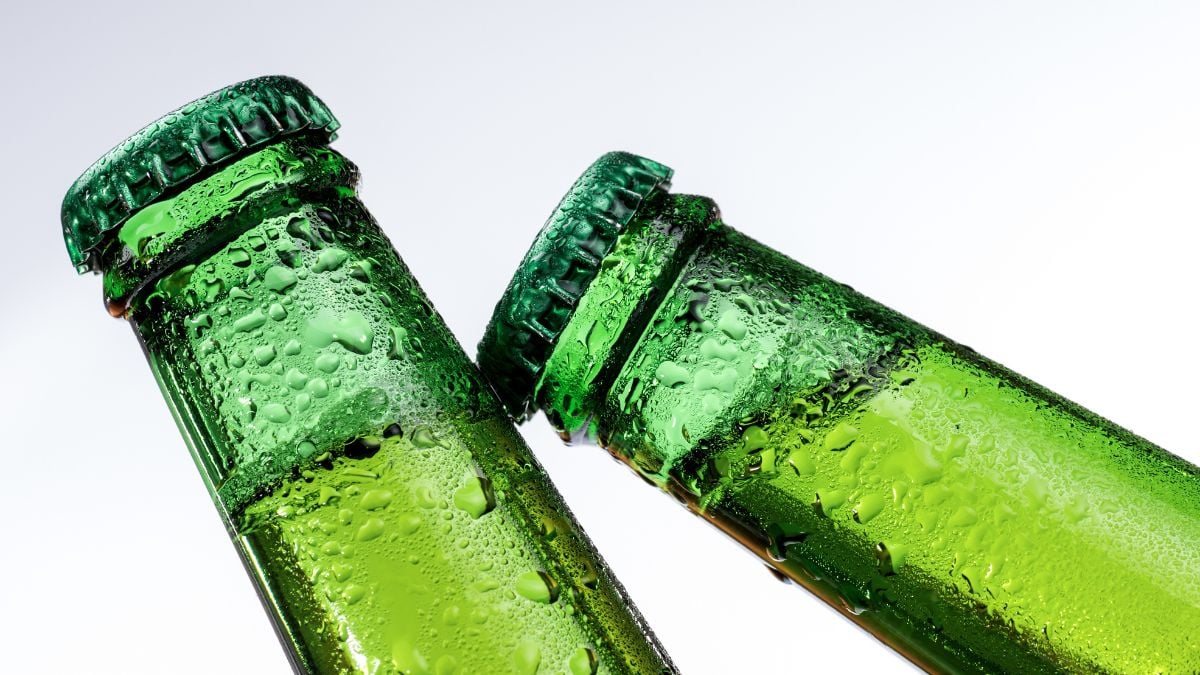
Back in 1929, 7 UP had a surprising ingredient—lithium. It wasn’t just fizzy; it was mood-altering. The recipe changed later, but the original was basically soda with a chemical kicker. That’s a drink with baggage.
Shamrock Shake
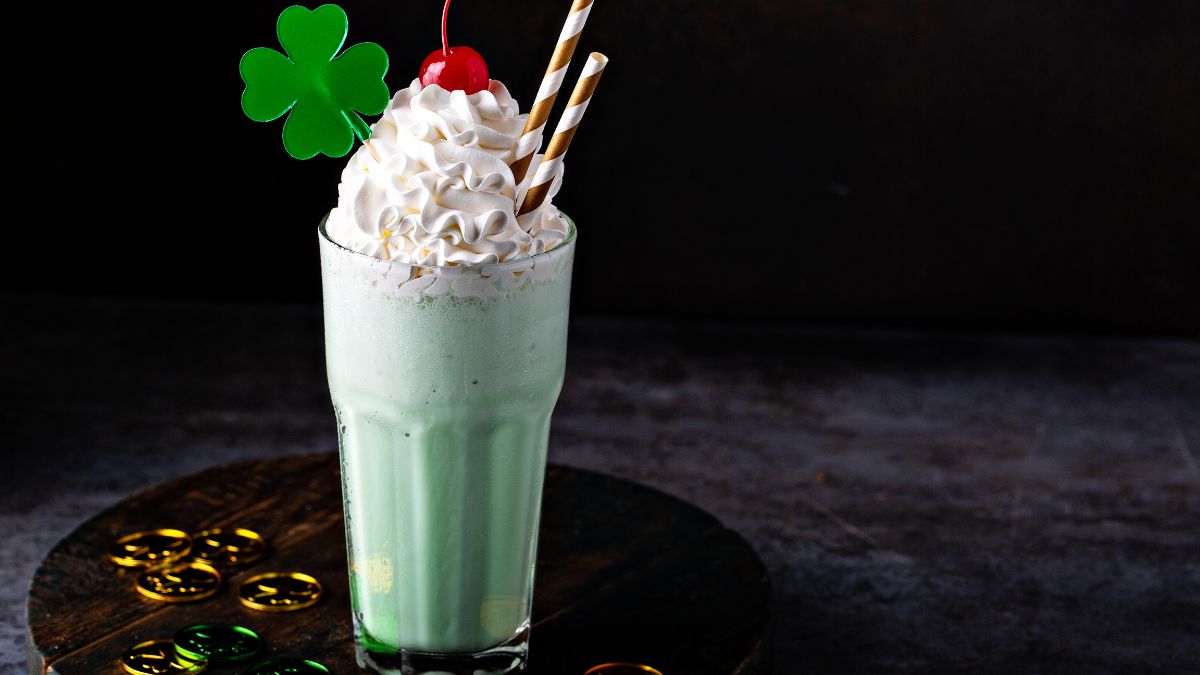
It’s bright green, thick, and only shows up once a year. Created in 1970, it was meant to boost holiday sales. Despite disappearing briefly in the ‘90s, it’s back every March. That kind of loyalty deserves a nod in any roundup of shocking truths about famous snack brands.
Green Haribo Goldbears
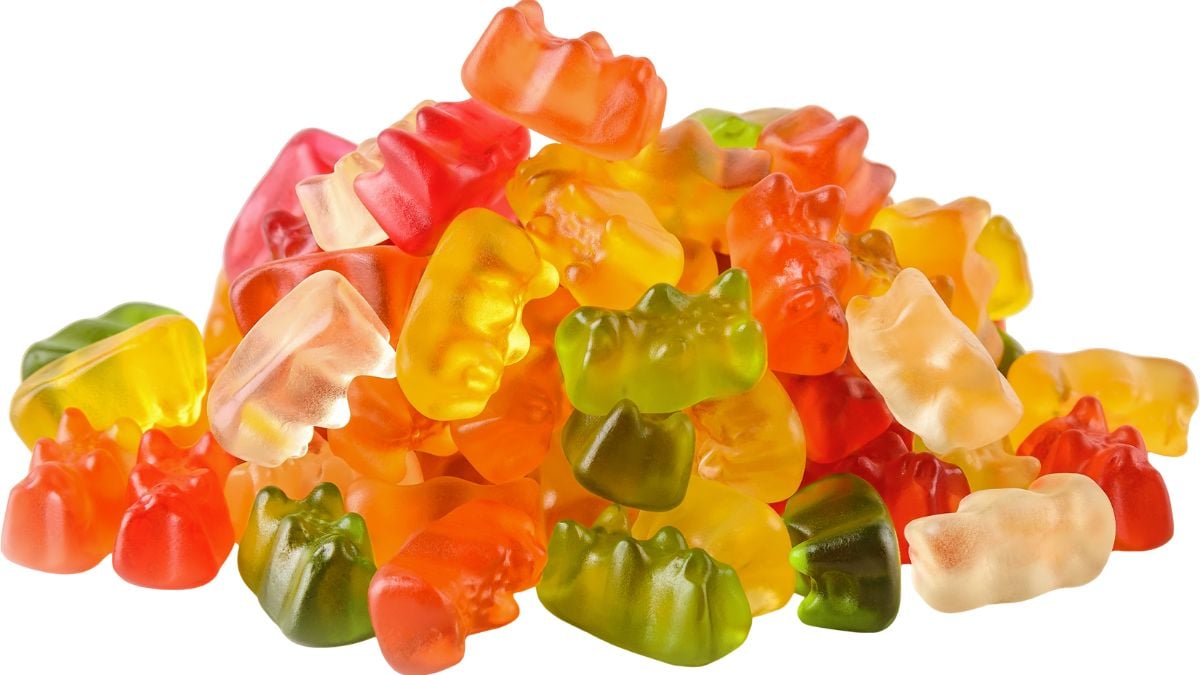
Green doesn’t mean lime or apple—it’s strawberry. That flavor-color mismatch isn’t a mistake, just a brand quirk. Other bears match expectations, but green skips logic. They’ve never changed it, and fans stopped questioning it.
Pop Tarts

Early Pop Tarts skipped the icing. They were meant to be shelf-stable and toaster-friendly, not fancy. The glaze came later to help them stand out. Plain pastries just didn’t pop.
Lay’s Potatoes
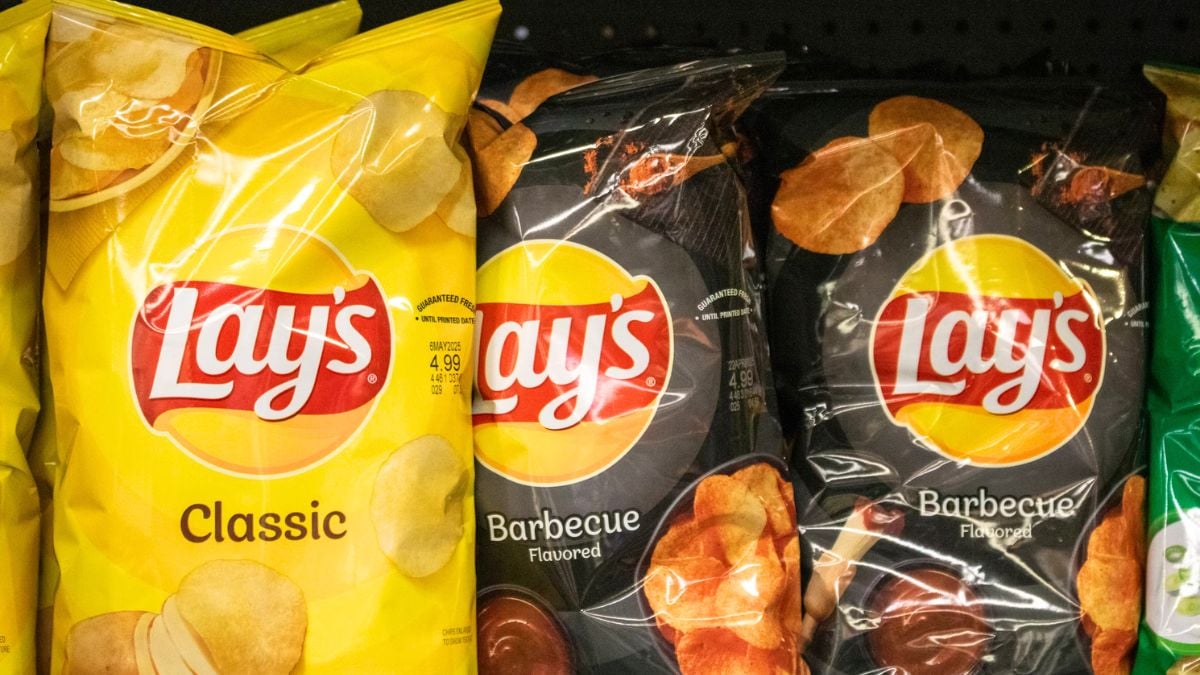
That bag might feel national, but it’s full of local ingredients. Lay’s gets potatoes from over 100 farms across 25 states. Chances are, your chips were grown close to home. Farm-to-bag, but no one advertises it that way.
Kit Kats
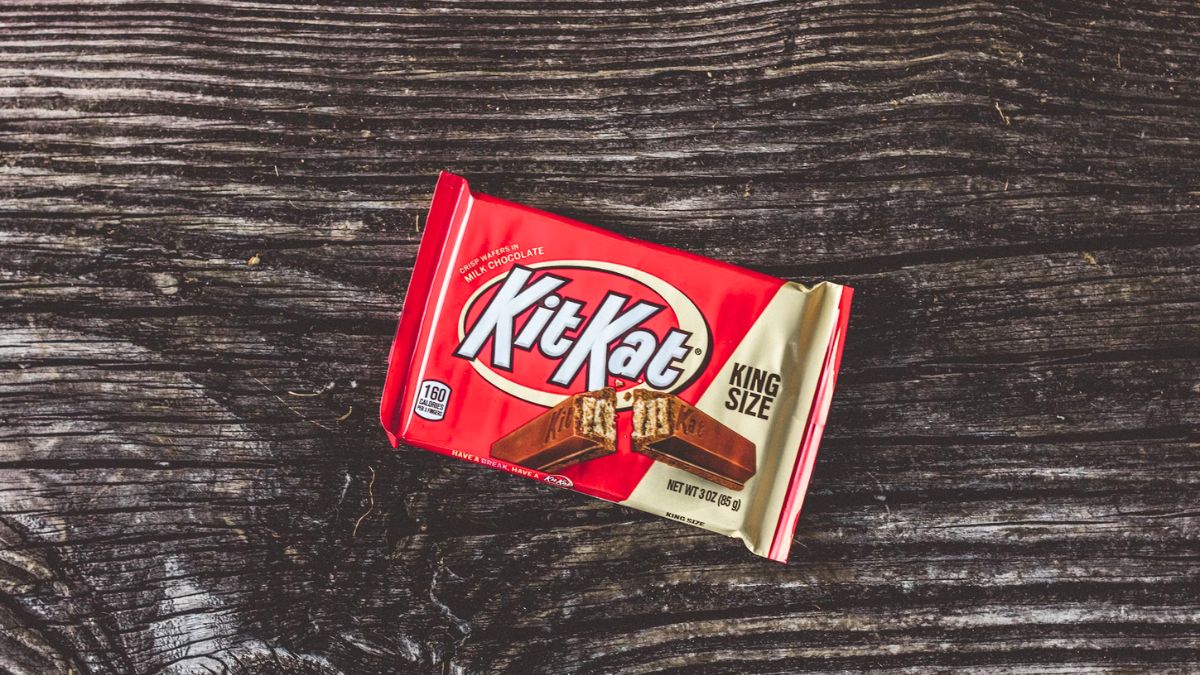
The filling isn’t just chocolate—it’s recycled Kit Kats. Imperfect bars get crushed and stuffed back in as filler. That’s efficient and kind of strange. Factory seconds never tasted so good.
Footlong Subway Subs
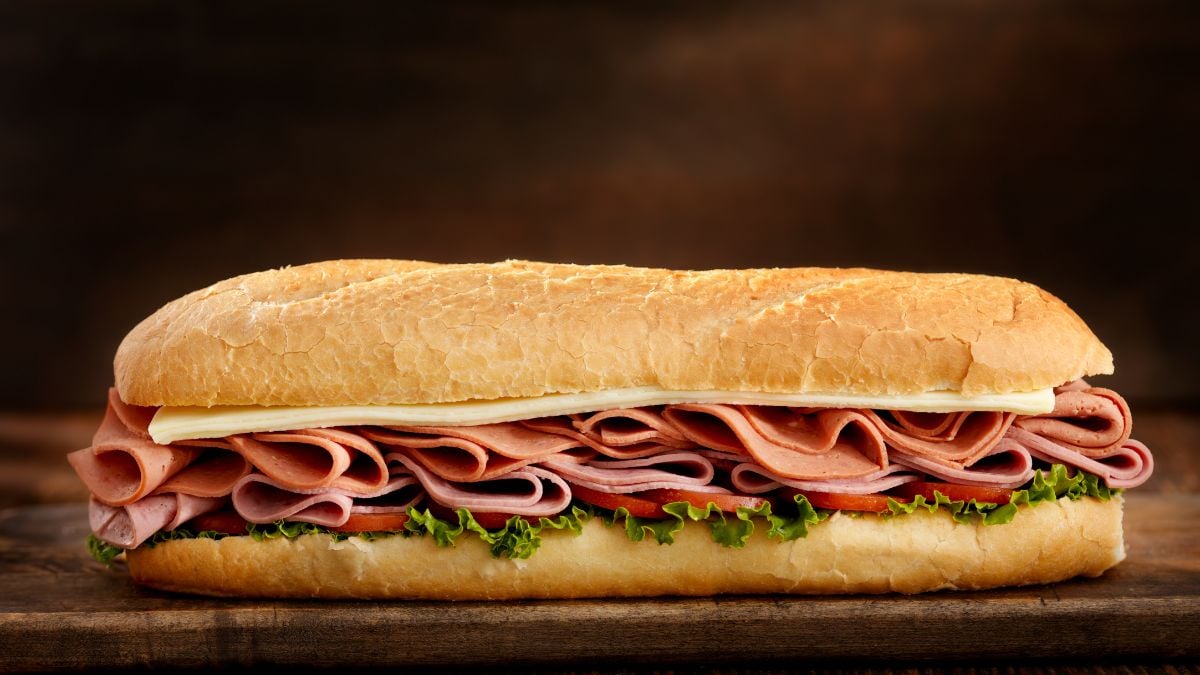
Not all of them hit the 12-inch mark. Measuring tape complaints got loud enough to reach courtrooms. Subway said “footlong” was more about branding than actual size. People still buy them anyway.
Pringles’ Mascot
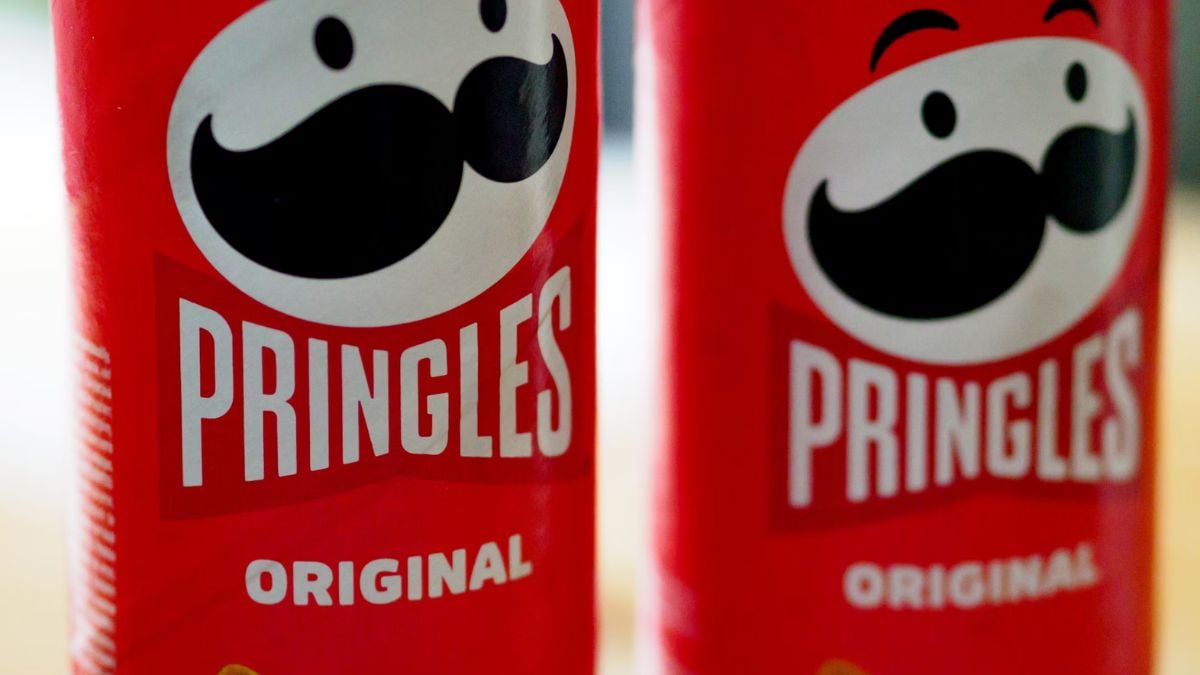
That guy with the mustache? His name is Julius. He’s had a few facelifts over the years, but kept the bowtie. You’ve seen him a thousand times, but probably never knew that.
Bugles
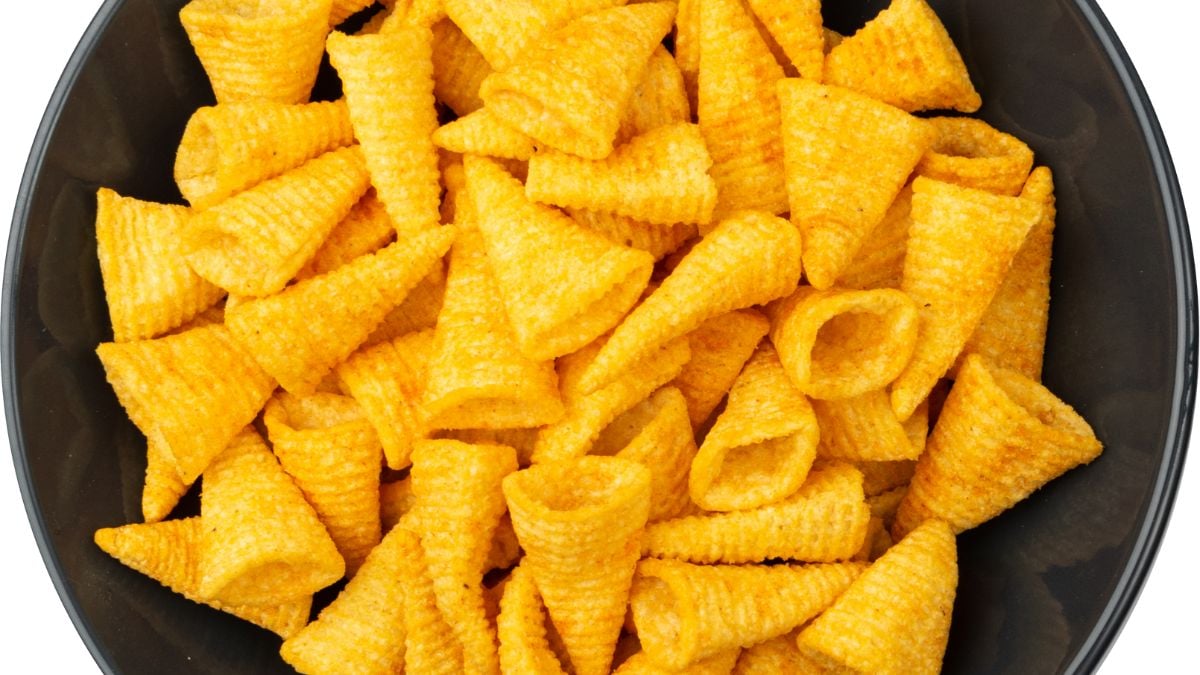
Depending on where you buy them, they come from totally different brands. In the U.S., it’s General Mills. In Canada, it’s Hostess. Same shape, same crunch—just not made by the same company.
Nutella
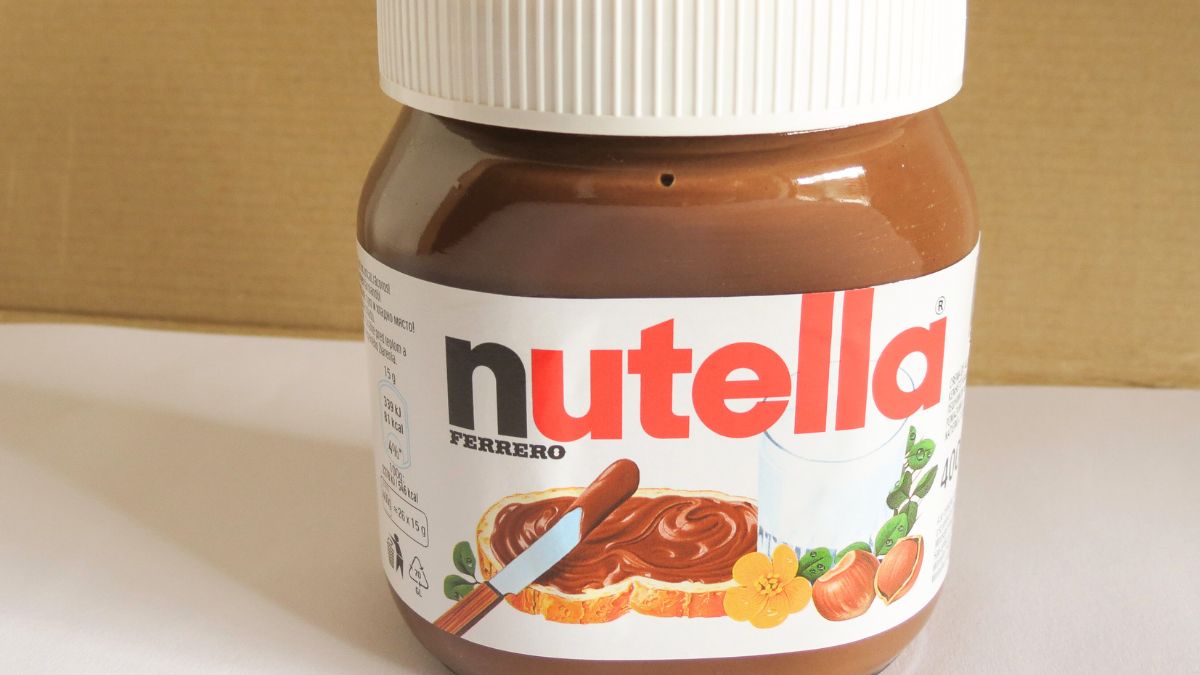
Every jar contains nearly 100 hazelnuts. That’s where the deep, nutty base comes from. It’s not a flavoring—it’s the real deal. They don’t skimp on the key ingredient.
Velveeta

It melts like cheese, but legally it isn’t. The slices are mostly whey, milk concentrate, starch, and oil. The label calls it “cheese product” for a reason. Good for melting, weird in every other way.

